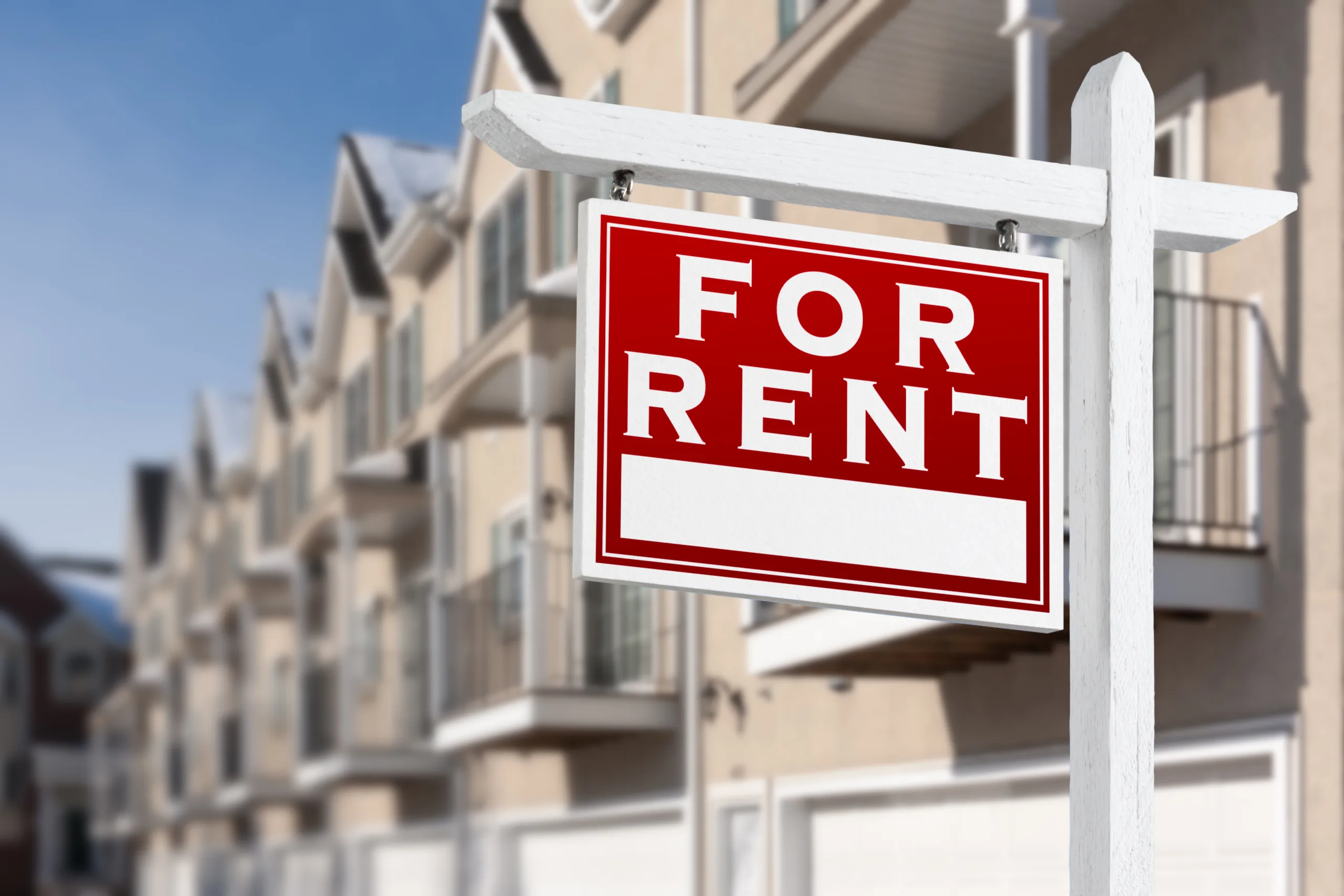When you work in multifamily brokerage, you spend most of your days deep in deals, talking with owners about property operations, cap rates, and IRR’s. But sometimes, you step back and realize how much of what drives our business doesn’t start with the market. It starts in Washington.
That realization has become even clearer since joining the Government Affairs and PAC Committee for the National Multifamily Housing Council (NMHC). I’ve had a front-row seat to how policy decisions shape investor behavior, valuations, and the flow of capital into housing.
So, when I had the opportunity to sit down with Sharon Wilson Géno, the president of NMHC, on the No Cap Podcast, I wanted to go deeper, not into headlines or talking points, but into the practical realities behind housing policy.
👉 Listen to the full conversation on No Cap — Available on Apple, Spotify, and YouTube.
Get Smarter about what matters in CRE
Stay ahead of trends in commercial real estate with CRE Daily – the free newsletter delivering everything you need to start your day in just 5-minutes
Incremental Wins, Real Impact
One of Sharon’s first points hit me immediately: “All lasting change is incremental.”
That line might sound unremarkable, but it’s how things actually get done in housing. Just this year, there’s been expansion of the Low Income Housing Tax Credit and the doubling of the GSE investment cap. This didn’t happen by luck. It took years of coalition work — NMHC, NAA, MBA, NAHB, NAR — educating policymakers and defending key tax provisions like carried interest.
In brokerage, we see the downstream impact of those “slow wins” every day. They’re the reason certain developments pencil when they otherwise wouldn’t. They’re why institutional equity stays in housing through market cycles. They’re why the capital stack still works in a high-rate environment.
Policy doesn’t make headlines until it’s already affected your deal.
Rent Control: Great Politics, Bad Economics
Every election cycle, rent control gets repackaged as the cure-all for affordability. Sharon didn’t sugarcoat it: “We have forty years of research showing it doesn’t work and forty years of politicians pretending it does.”
Rent caps don’t just distort pricing; they shrink supply and drive capital elsewhere. And yet, they remain politically irresistible, especially with younger voters. Sharon’s response is to go on offense, not just with data, but with storytelling.
She helped launch the Housing Solutions Coalition, a first-of-its-kind alliance between NMHC, NAA, MBA, NAHB, and NAR. Together, they’re working in states like Colorado, Nevada, and Washington to reframe the conversation, showing how more supply, not more regulation, is what keeps rents stable.
As practitioners, we have to do the same. These debates aren’t won in spreadsheets. They’re won by connecting the dots between housing policy and real human outcomes.
Fixing the Fundamentals: Supply, Permitting, and Predictability
When I asked Sharon where she sees the most promising momentum, she didn’t hesitate: “It’s not one big reform — it’s dozens of smaller ones.”
She pointed to:
- Single-stair code reform in Colorado, which can increase density by 20% without sacrificing safety.
- Fast-track permitting (“rocket dockets”) that set predictable timelines for compliant multifamily.
- Florida’s Live Local Act, which pairs $1 billion in funding with zoning preemption and rent-control bans.
Each of these examples takes something that’s traditionally political like zoning, codes, and permitting, and turns it into something investors can actually underwrite. Predictability is the new incentive.
Local Incentives Still Work
When I asked Sharon which incentives actually help workforce housing deals, her answer was immediate: local property tax abatements.
She’s pushing a simple idea: the federal government should match a portion of local abatements that meet affordability standards. No new bureaucracy, no twelve-step application process, just federal dollars amplifying what’s already working.
As someone who’s watched the Texas PFC/HFC model evolve — and occasionally get abused — I completely agree. The solution isn’t to throw out the framework; it’s to strengthen compliance, measure real affordability outcomes, and replicate it elsewhere.
Section 8 Needs a Modern Reboot
We have entitlement programs for food and healthcare, but not for housing. Only one in four people who qualify for a housing voucher actually get one. And even when they do, many owners opt out due to delays and bureaucracy.
Sharon’s idea: modernize Section 8 the way we modernized food assistance.
- Pilot an EBT-style model to let renters choose where to live.
- Streamline inspections and eliminate redundant red tape.
- And make participation viable again for owners, especially in tight markets.
The result wouldn’t just help renters — it would expand supply by bringing sidelined owners back into the program.
The GSE Question: Don’t Fix What Isn’t Broken
With every new administration, there’s talk of “privatizing” Fannie Mae and Freddie Mac. Sharon explained why that’s far more complicated than it sounds.
Because of the 2008 conservatorship agreements, GSE balance sheets are still tied to Treasury through a kind of “rolling credit card.” Pulling them out too fast would ripple across the housing finance system and, by extension, multifamily lending.
Her take was clear: proceed carefully. This is not the time to gamble with the liquidity that underpins our sector.
Insurance: The Quiet Crisis No One’s Talking About
If you’ve done a BOV lately, you know what I mean — insurance renewals are coming in 30% to 100% higher (although it’s come in a bit lately), and it’s killing deals.
Sharon called it one of the “uncontrollables”, and NMHC is attacking it on several fronts:
- Advocating for more U.S. reinsurance capacity so we’re not entirely dependent on London markets.
- Pushing tort reform in states with runaway verdicts.
- And encouraging HUD to revisit 100% replacement-cost requirements that make affordable projects impossible to finance.
Operators are forming captives, but not everyone can. For brokers, this means insurance is now a valuation input, not an afterthought.
Tech and Construction Innovation
We ended our conversation on what Sharon called “the quiet revolution”: technology and construction innovation.
Whether it’s modular, panelized, or 3D-printed housing, we’re still building the same way we did a century ago. That’s part of why costs are so sticky.
As Sharon put it, “We’re still building like it’s 1925 — that has to change.”
If new methods can cut costs and improve resilience, they’ll not only reshape construction but eventually influence insurance, risk premiums, and valuation.
A Broker’s Takeaway
As a broker, I walked away from that conversation with one big takeaway: policy isn’t abstract – it’s the foundation beneath every pro forma.
It determines whether developers can break ground, whether lenders stay active, and whether equity feels safe placing capital in housing.
Our job isn’t just to sell real estate. It’s to help clients understand how these macro shifts affect their assets and strategies.
In this market, the brokers who can connect policy to pricing — who can explain how zoning, insurance, and regulation shape yield — will be the ones adding real value.
Because the next wave of multifamily opportunity won’t be defined just by rent growth or cost basis. It’ll be defined by how well we understand — and navigate — the new rules of housing in America.
👉 Listen to the full conversation on No Cap — Available on Apple, Spotify, and YouTube.

















